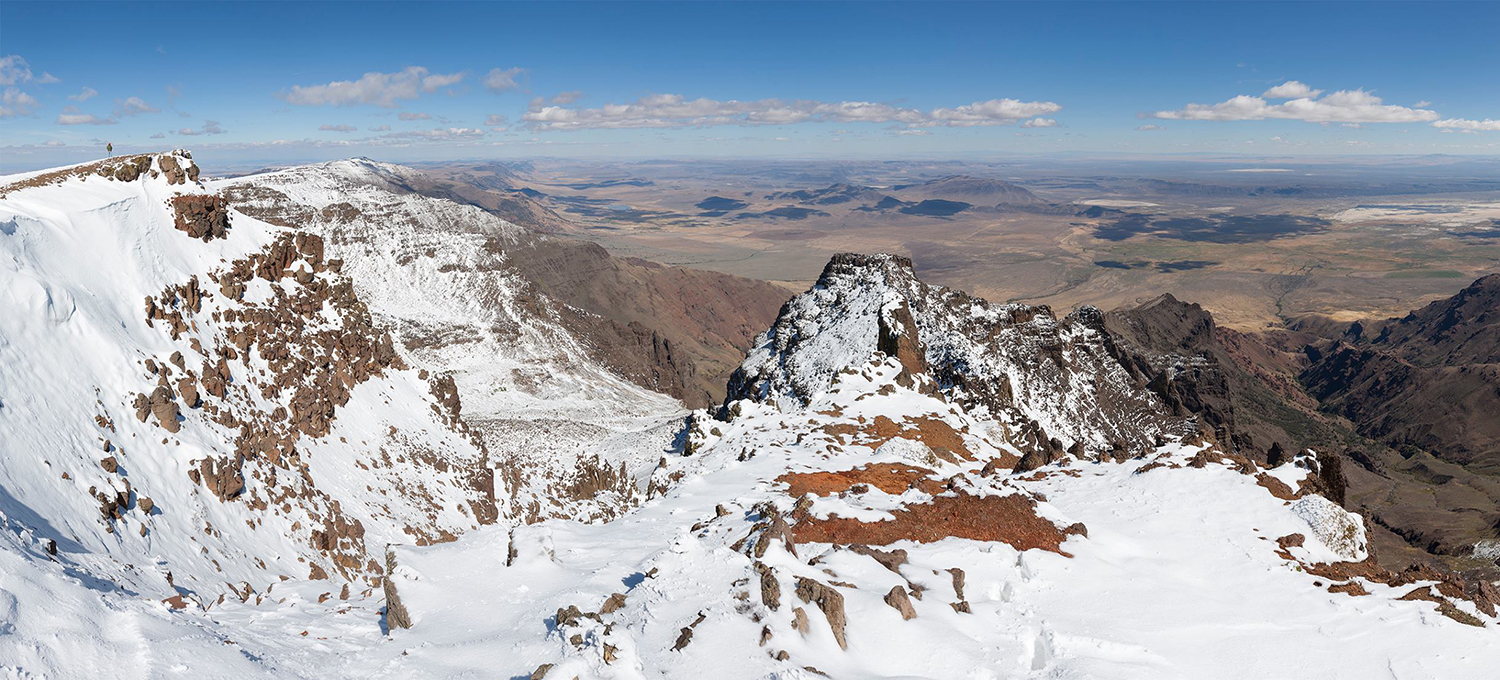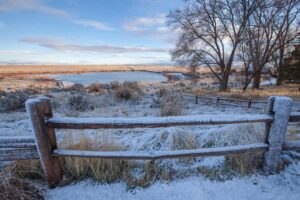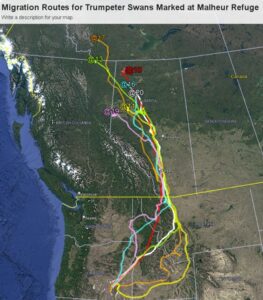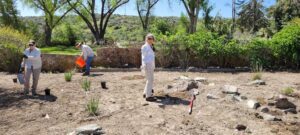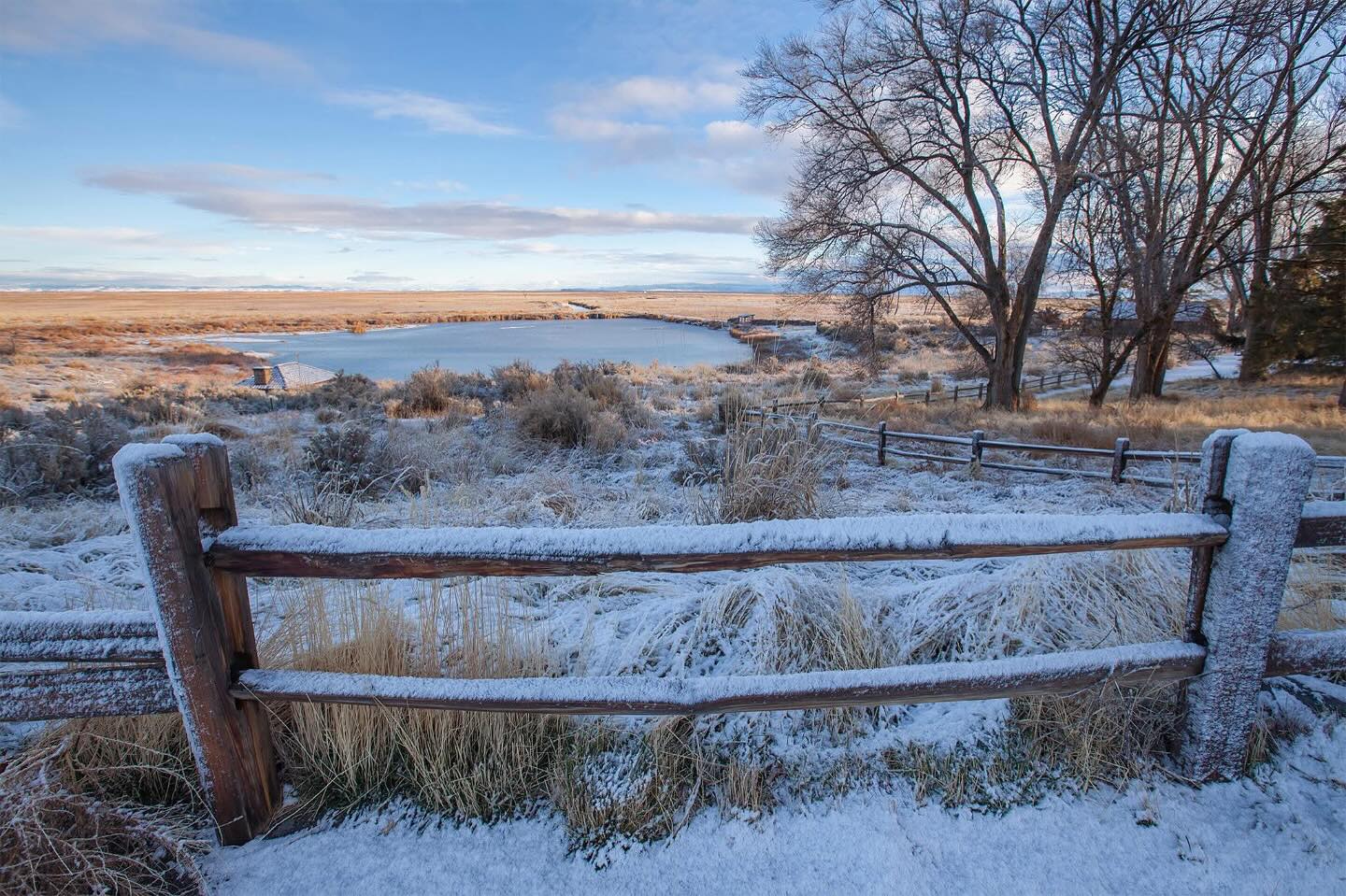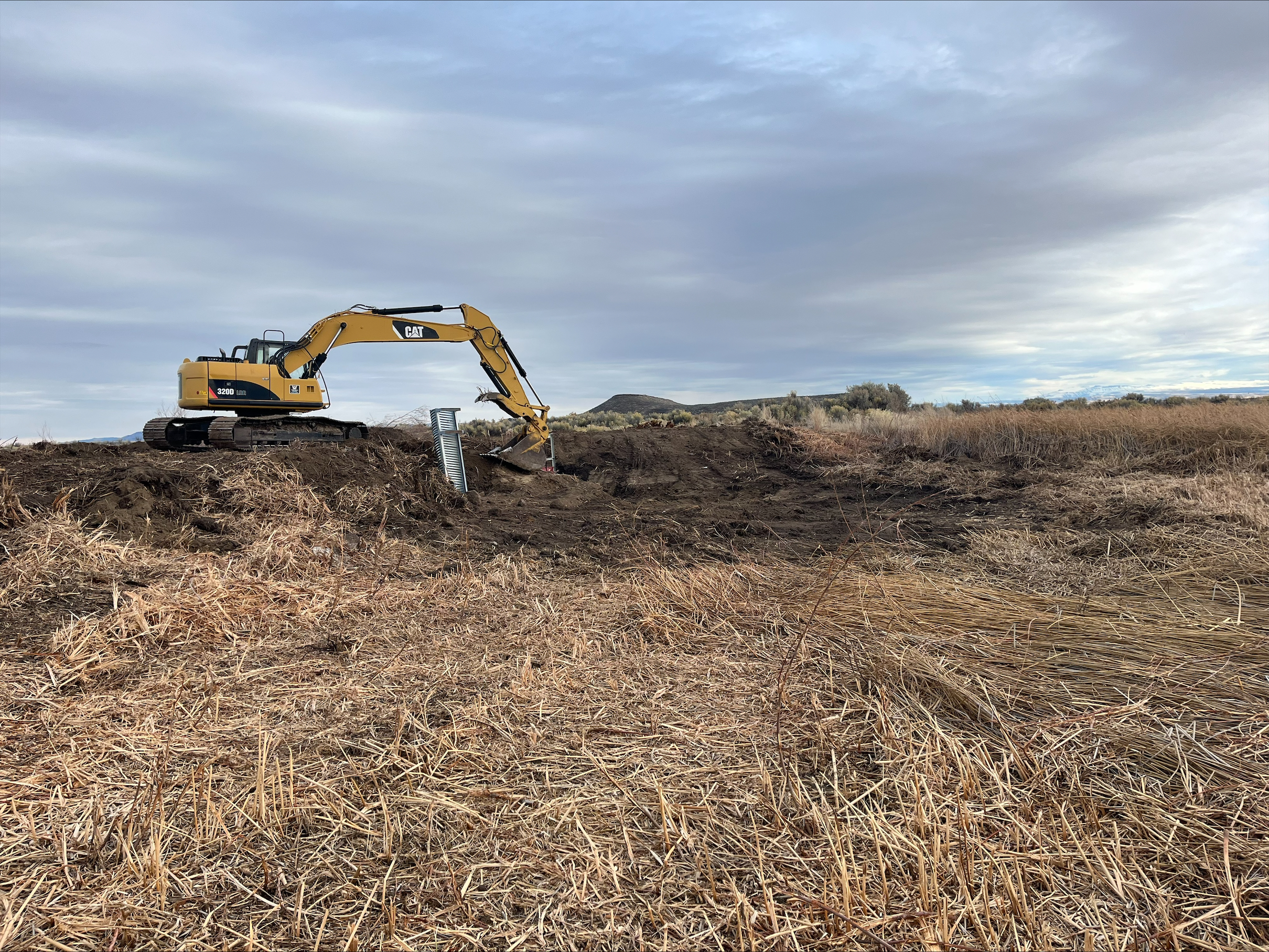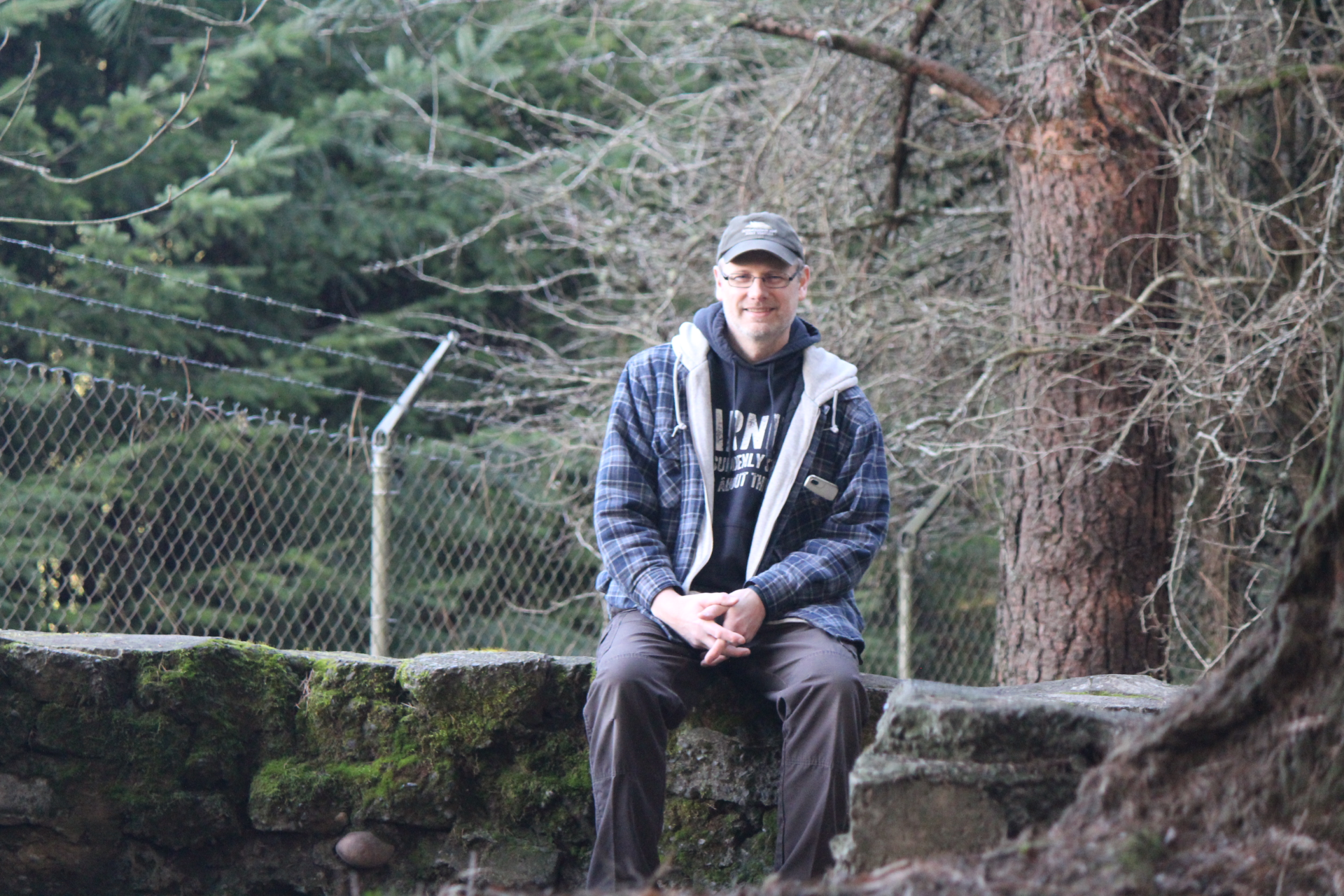Written by Peter Pearsall/Photo by Peter Pearsall
Winter at Malheur Refuge this year has been something else—and it’s not yet over. The snow-moisture equivalent for Harney County is at nearly 200 percent of the long-term average for the region. All this winter precipitation has many hoping for relief from the moderate to severe drought of recent years.
Wetland habitats at Malheur Refuge are fed predominately by snowmelt: the Donner und Blitzen River brings runoff from Steens Mountain in the southeast, and the Silvies River carries runoff from the Blue Mountains north of the Refuge. Discharge from the Blitzen River is particularly important for Refuge fish and wildlife, supplying water to the riparian corridors, wet meadows, and ponds of the Blitzen Valley. The Refuge controls water delivery to these habitats by means of gates, dams, and other infrastructure.
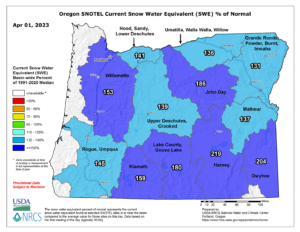
Both mountain ranges are laden with snow this year. “It is looking likely that we will be able to supply water to most of the Blitzen Valley this year, but we are still operating in drought mode. It will depend on the timing and discharge rate of the snowmelt,” said Ed Moulton, Malheur NWR Maintenance Supervisor.
Joined by numerous tributaries, the Blitzen and Silvies Rivers empty into the Refuge’s terminal lakes—Malheur, Harney, and Mud Lake—which fluctuate in area and depth, depending on water supply and evaporation.
“If the snow melts slowly, most of the runoff will likely soak into the ground, with little reaching the lakes,” said Jeff Mackay, Malheur NWR Project Leader. “If there is an abrupt shift toward warmer weather and the snow melts quickly, much of that water may reach the lakes, which could complicate carp control efforts.”
With lake levels so low, non-native common carp have taken up residence in the lower stretches of the Blitzen River. Refuge staff and partners have taken advantage of this drought-imposed bottleneck to eliminate nearly 90 percent of the Blitzen River’s carp. The absence of bottom-rooting carp in the lakes has allowed emergent vegetation, such as cattails and bulrushes, to rebound in the shallow waters. This is believed to be the path forward to restoring ecological function of these terminal lakes: remove carp and allow the establishment of emergent vegetation, which absorbs wave energy and reduces turbidity.
The timing of snowmelt is outside of anyone’s control. The impact of Harney County’s exceptionally snowy winter on Malheur Refuge’s water management depends on how the next few months unfold.

